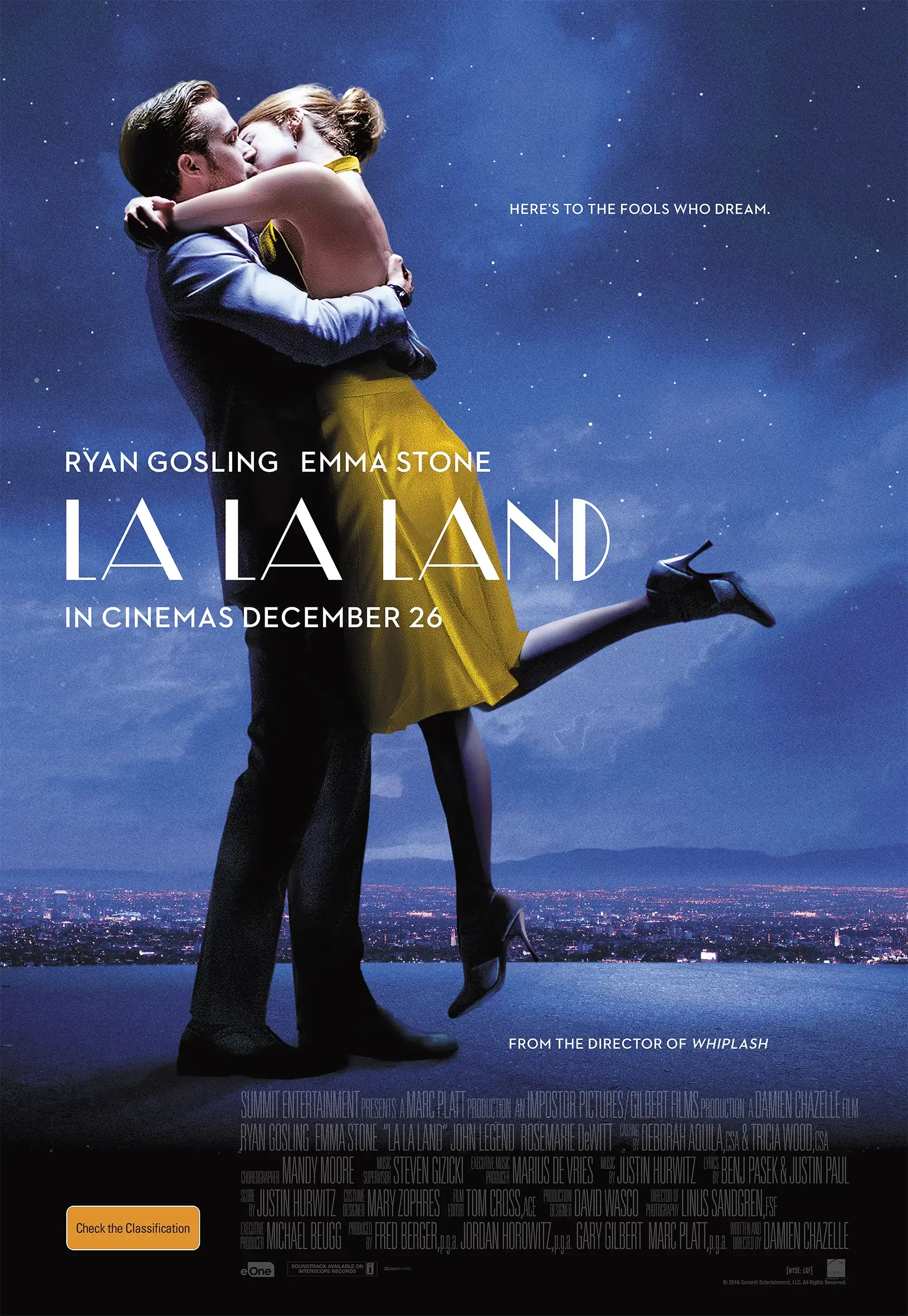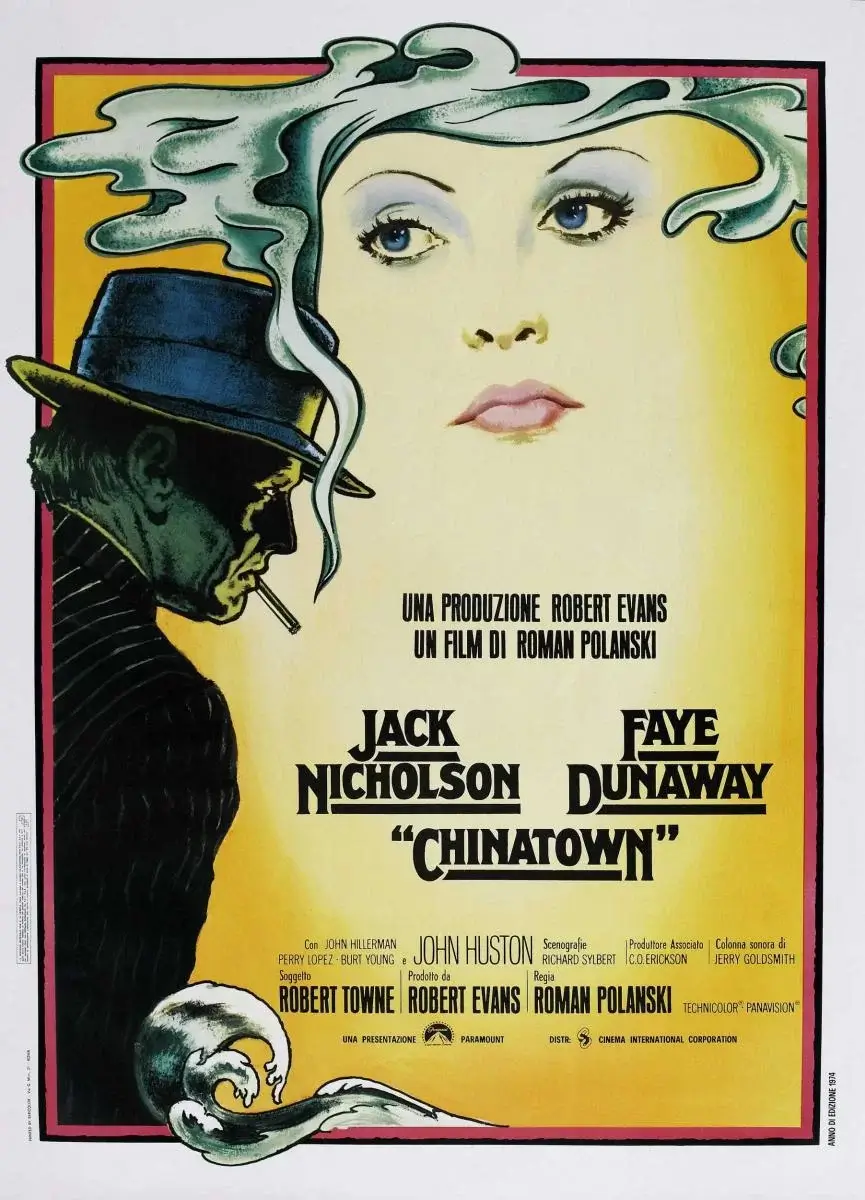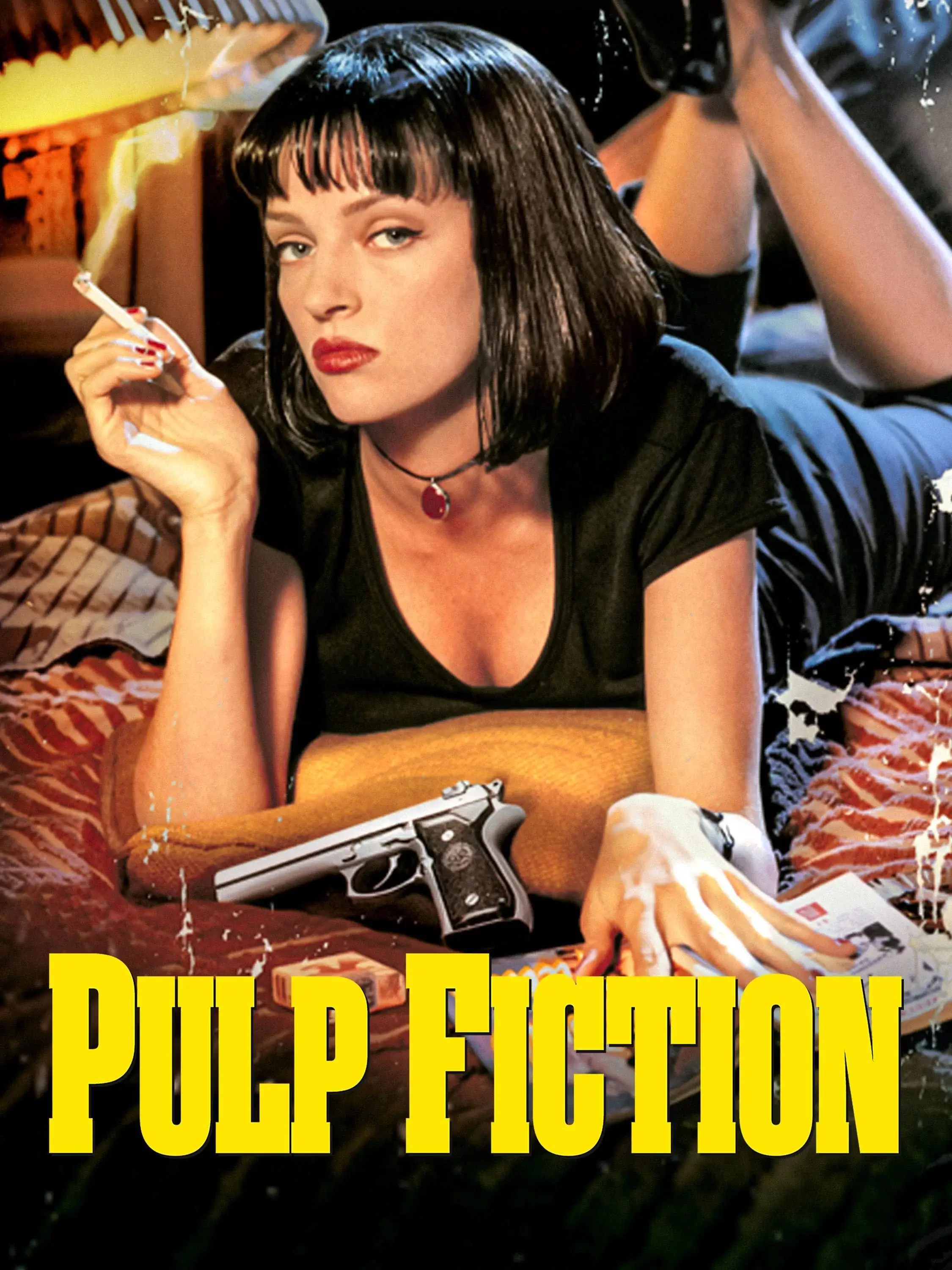
Los Angeles in the Movies




The enduring writer’s strike has certainly put Hollywood movies on hold—so it is a good time to look at what the city and movies have in common. This is, to be clear, the shortlist, for this list could go on and on, but we take a brief look at some of our favorites—
Los Angeles has played a prominent role in countless movies, serving as both a backdrop and a character in its own right. Here are some notable films that showcase the city:
- Blade Runner (1982) – Directed by Ridley Scott, this iconic science fiction film depicts a dystopian Los Angeles in the year 2019. Its dark, rain-soaked streets and futuristic skyline have become synonymous with the city’s portrayal in futuristic settings.
- La La Land (2016) – Damien Chazelle’s musical romantic comedy celebrates the magic of Los Angeles. The film showcases various famous locations, including Griffith Observatory, Hermosa Beach Pier, and the Warner Bros. Backlot.
- Chinatown (1974) – Roman Polanski’s neo-noir classic is set in 1937 Los Angeles and explores the corruption and intrigue surrounding the city’s water supply. The film captures the gritty, sun-drenched streets of old Los Angeles.
- Pulp Fiction (1994) – Quentin Tarantino’s acclaimed film features various locations in and around Los Angeles, giving viewers a taste of the city’s diverse neighborhoods.
- Training Day (2001) – This crime thriller, directed by Antoine Fuqua, provides a gritty portrayal of Los Angeles’ criminal underworld. Much of the film takes place in some of the city’s tougher neighborhoods.
- The Big Lebowski (1998) – The Coen Brothers’ cult classic is set in Los Angeles and features a quirky cast of characters navigating the city’s diverse landscapes, from Venice Beach to the Hollywood Hills.
- Heat (1995) – Michael Mann’s crime thriller showcases various Los Angeles locations, including the historic downtown area. The film’s iconic shootout scene takes place on the streets of downtown.
- Die Hard (1988) – While often associated with Christmas due to its holiday setting, this action-packed film is a quintessential example of the high-rise architecture and urban environment that defines parts of Los Angeles.
- Boyz n the Hood (1991) – John Singleton’s coming-of-age drama offers a glimpse into South Central Los Angeles in the late 1980s and early 1990s, addressing issues of race, violence, and socio-economic disparity.
- Mulholland Drive (2001) – David Lynch’s surreal mystery film is deeply rooted in the mystique of Los Angeles. The winding Mulholland Drive, a scenic route through the Hollywood Hills, plays a significant role in the narrative.
- Drive (2011) – Nicolas Winding Refn’s stylish neo-noir crime film captures the nighttime allure of Los Angeles, featuring its neon-lit streets and moody atmosphere.
- L.A. Confidential (1997) – This neo-noir crime film, directed by Curtis Hanson, is set in the 1950s and showcases a period-specific Los Angeles, complete with vintage cars and architecture.
These films not only provide a visual tour of Los Angeles but also often reflect the city’s unique atmosphere, cultural diversity, and its place in the collective imagination of filmmakers and audiences alike.
The enduring writer’s strike has certainly put Hollywood movies on hold—so it is a good time to look at what the city and movies have in common. This is, to be clear, the shortlist, for this list could go on and on, but we take s brief look at some of our favorites—
Los Angeles has played a prominent role in countless movies, serving as both a backdrop and a character in its own right. Here are some notable films that showcase the city:
- Blade Runner (1982) – Directed by Ridley Scott, this iconic science fiction film depicts a dystopian Los Angeles in the year 2019. Its dark, rain-soaked streets and futuristic skyline have become synonymous with the city’s portrayal in futuristic settings.
- La La Land (2016) – Damien Chazelle’s musical romantic comedy celebrates the magic of Los Angeles. The film showcases various famous locations, including Griffith Observatory, Hermosa Beach Pier, and the Warner Bros. Backlot.
- Chinatown (1974) – Roman Polanski’s neo-noir classic is set in 1937 Los Angeles and explores the corruption and intrigue surrounding the city’s water supply. The film captures the gritty, sun-drenched streets of old Los Angeles.
- Pulp Fiction (1994) – Quentin Tarantino’s acclaimed film features various locations in and around Los Angeles, giving viewers a taste of the city’s diverse neighborhoods.
- Training Day (2001) – This crime thriller, directed by Antoine Fuqua, provides a gritty portrayal of Los Angeles’ criminal underworld. Much of the film takes place in some of the city’s tougher neighborhoods.
- The Big Lebowski (1998) – The Coen Brothers’ cult classic is set in Los Angeles and features a quirky cast of characters navigating the city’s diverse landscapes, from Venice Beach to the Hollywood Hills.
- Heat (1995) – Michael Mann’s crime thriller showcases various Los Angeles locations, including the historic downtown area. The film’s iconic shootout scene takes place on the streets of downtown.
- Die Hard (1988) – While often associated with Christmas due to its holiday setting, this action-packed film is a quintessential example of the high-rise architecture and urban environment that defines parts of Los Angeles.
- Boyz n the Hood (1991) – John Singleton’s coming-of-age drama offers a glimpse into South Central Los Angeles in the late 1980s and early 1990s, addressing issues of race, violence, and socio-economic disparity.
- Mulholland Drive (2001) – David Lynch’s surreal mystery film is deeply rooted in the mystique of Los Angeles. The winding Mulholland Drive, a scenic route through the Hollywood Hills, plays a significant role in the narrative.
- Drive (2011) – Nicolas Winding Refn’s stylish neo-noir crime film captures the nighttime allure of Los Angeles, featuring its neon-lit streets and moody atmosphere.
- L.A. Confidential (1997) – This neo-noir crime film, directed by Curtis Hanson, is set in the 1950s and showcases a period-specific Los Angeles, complete with vintage cars and architecture.
These films not only provide a visual tour of Los Angeles but also often reflect the city’s unique atmosphere, cultural diversity, and its place in the collective imagination of filmmakers and audiences alike.
